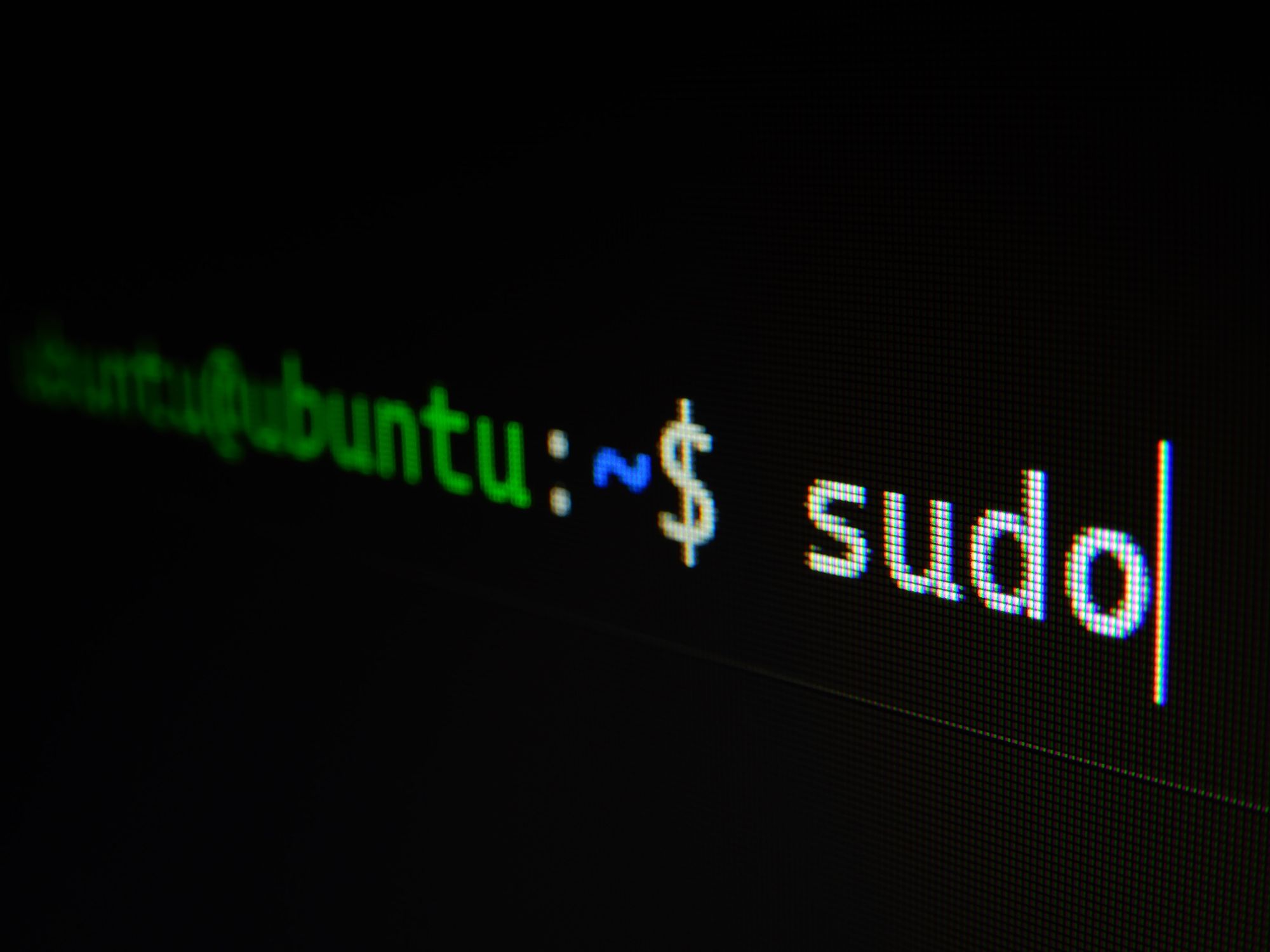

- #SUDO APT GET UPGRADE VS UPDATE HOW TO#
- #SUDO APT GET UPGRADE VS UPDATE UPDATE#
- #SUDO APT GET UPGRADE VS UPDATE FULL#
- #SUDO APT GET UPGRADE VS UPDATE SOFTWARE#
Search for a package by name by using the apt search command. After 2014, apt replaced apt-get as the default package manager tool for all Debian-based Linux distros. In 1998, apt-get was released with the Debian 2.0 (Hamm) distribution, while apt was released in 2014 with the Debian 8 (Jessie) distribution. Next, we discuss other differences between apt and apt-get.

The apt command was designed as a more user-friendly alternative to apt-get, combining the functionality of multiple package management tools for user convenience. The difference between apt and apt-get is not just that apt is a newer version of apt-get. The following table shows common command syntax between the two.
#SUDO APT GET UPGRADE VS UPDATE SOFTWARE#
Software packages may be applications, libraries, utilities, and tools.

The most common tasks in apt and apt-get are to install, update, and remove software packages. For example, you would enter sudo apt-get update. Note that if you’re not logged in as an administrator, you will need to add the sudo command first to each apt command and apt-get command.
#SUDO APT GET UPGRADE VS UPDATE UPDATE#
For example, apt update -quiet provides a less detailed print output of the apt update command to the terminal. The apt command and apt-get command also have options listed after them. This gives you a list of the most common apt commands and apt-get commands.įor example, apt update or apt-get update update the list of available software packages from the official repositories. Documentationįor the official overview of the apt utility and apt-get utility, enter apt or apt-get at the command prompt. To use the Linux CLI, open a terminal window or virtual terminal window. Interfaceīoth the apt command line utility tool and the apt-get command line utility tool are accessible via the Linux command line interface (CLI).

Next, we describe similarities between apt and apt-get. Similar tools exist, like aptitude and synaptic, although apt-get and apt are the system default. Run the following command to unhold the “python3” package using the apt-mark command.Both apt and apt-get are package manager tools for Debian-based Linux distributions (or distros) such as Debian, Ubuntu, Linux Mint, and elementary OS.
#SUDO APT GET UPGRADE VS UPDATE FULL#
This will show that the “python3” package will not be upgraded when you perform a full system update. $ sudo dpkg -get-selections | grep "hold" Once you have hold some packages, run the following aptitude command to view them. Run the following command to hold the given package using the aptitude command. Actions may be performed from a visual interface or from the command-line. It allows the user to view a list of packages and to perform package management tasks such as installing, upgrading, and removing packages. The aptitude command is a text-based package management interface to the Debian and it’s derivative.
#SUDO APT GET UPGRADE VS UPDATE HOW TO#
$ echo "apache2 install" | sudo dpkg -set-selections Method-3: How to Exclude Packages Update on Debian/Ubuntu System Using the aptitude Command Run the following command to unhold the “apache2” package using the dpkg command. Syntax: $ echo "package_name install" | sudo dpkg -set-selections Run the following command to unhold the given package using the dpkg command. The following packages have been kept back:Ġ upgraded, 0 newly installed, 0 to remove and 1 not upgraded. It will show that the “apache2” package will not be upgraded when you perform a full system update. Once you have hold some packages, run the following command to view them. $ echo "apache2 hold" | sudo dpkg -set-selections Run the below dpkg command to hold the “apache2” package. Syntax: $ echo "package_name hold" | sudo dpkg -set-selections Run the following command to block a given package using the dpkg command.


 0 kommentar(er)
0 kommentar(er)
